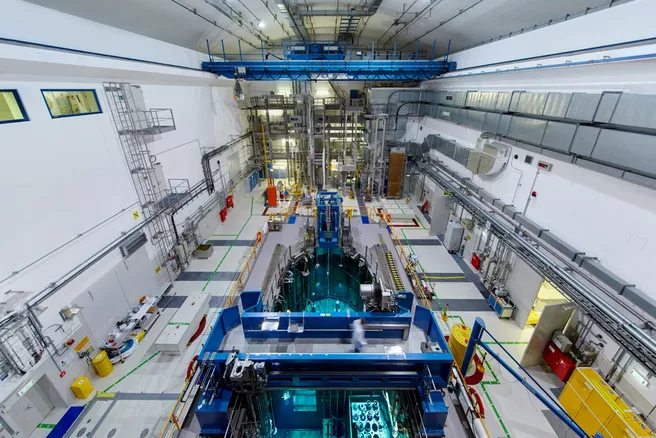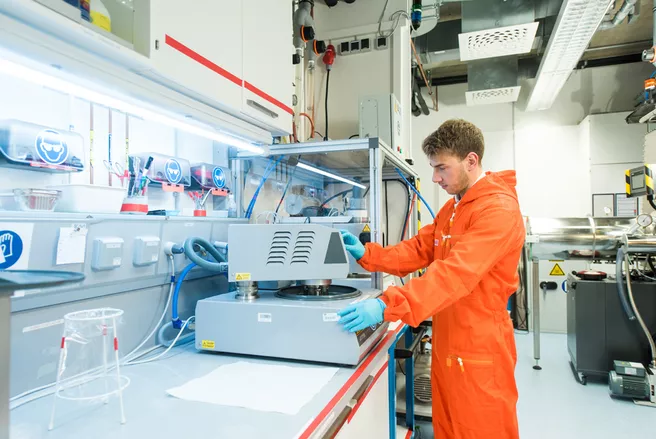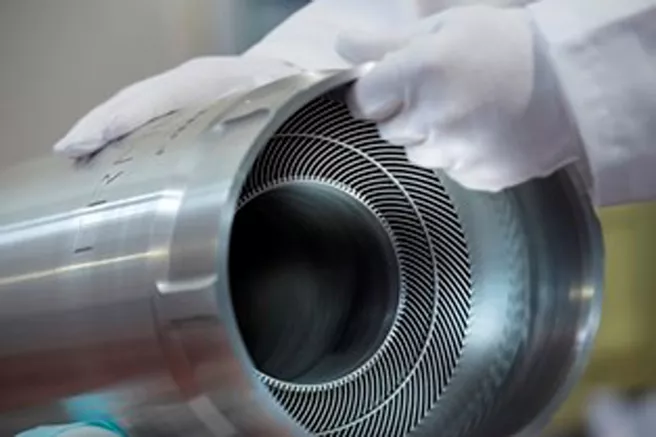The cooperation between Framatome and TUM was decided in November 2019. The contract provides for a joint pilot project with the French fuel element manufacturer Framatome to produce the monolithic uranium-molybdenum fuel (U-Mo) with an enrichment of 19.75%. It includes the development of a pilot production line and thus the production of fuel plates (prototypes) for irradiation tests. These tests are a central part of the qualification of this new fuel especially for research reactors like the FRM II.
First results expected for 2022
Pilot production will be set up at Framatome's new research and development laboratory, the “CERCA Research and Innovation Laboratory”, in Romans-sur-Isère in France. Six specialists form the project team, including one engineer and one PhD student from TUM. The PhD student will be working directly at Framatome on the pilot production line from summer 2020. The production line will go into operation as early as the beginning of 2021 and will supply fuel for irradiation tests and qualifying from 2022. In the initial phase, certain sub-steps will still be supplied from the TUM laboratories.
Cooperation with Belgium and France
TUM and Framatome are carrying out these irradiation tests within the framework of European projects in which the French Alternative Energies and Atomic Energy Commission (CEA), the research institute Laue-Langevin and SCK-CEN (the Belgian nuclear research centre) are also involved. “The development of this fuel is a big step forward, several international teams have been researching this task for years. The success of this project will be of great importance worldwide”, says Prof. Dr. Peter Müller-Buschbaum, scientific director of the FRM II.
Other research reactors worldwide benefit
The monolithic UMo fuel opens up new possibilities for conversion to lower enrichment, not only for FRM II, but for research reactors worldwide. “We are offering research reactors an alternative way to maintain the high neutron flux for research, industry and medicine, while reducing the enrichment of the fuel”, says Francois Gauché, Director of Framatome-CERCA.
As soon as this fuel with lower enriched uranium – ideally with enrichment < 20% – is qualified and industrially available, research reactors such as FRM II can start to convert.
More information:
The fuel development at FRM II


